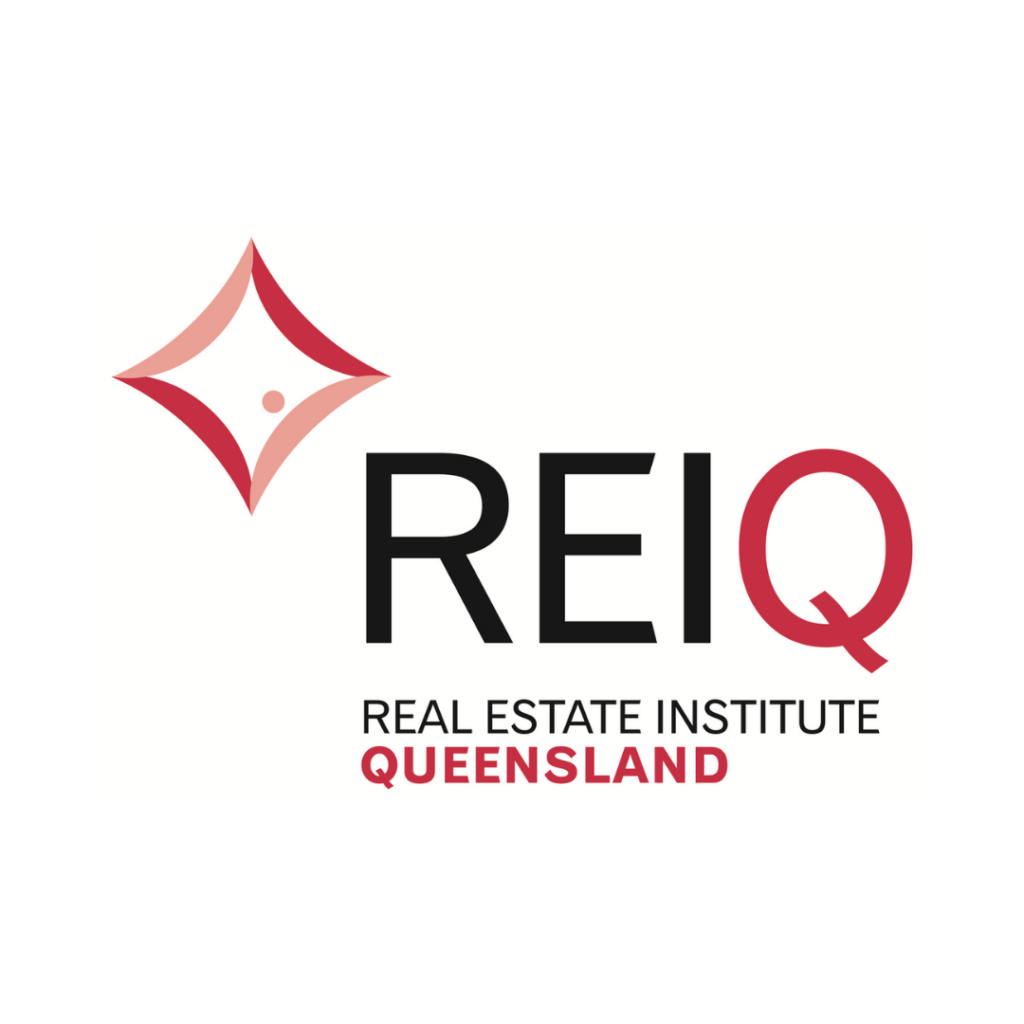As a savvy real estate investor, you understand that safeguarding your property investment goes beyond the initial purchase. Securing comprehensive insurance coverage is a fundamental step in protecting your assets. However, simply having a policy in place isn’t a guarantee of protection. There are numerous pitfalls that could potentially invalidate your insurance, leaving you exposed to significant financial risks. To avoid such a nightmare scenario, it’s imperative to meticulously attend to certain key factors. In this comprehensive guide, we’ll explore nine crucial steps to ensure your property insurance remains valid and your investment is secure.
Before we discuss the steps required to ensure valid insurance, the investment property owner needs to understand the difference between Property Insurance and Landlord insurance. REIQ explains the differences between the two types of insurance by:
“Regular home insurance helps cover a property against damage from events such as storm, fire and theft and usually includes a section covering an owner’s liability as an occupier. It traditionally does not cover damage deliberately caused by the owner or someone who has entered the property with their permission. Therefore, if a tenant damages the owner’s property, it will usually not be covered by home insurance as the owner has allowed them into their rental property.
Landlord insurance can help cover all the same events that standard home insurance covers, but has additional features which are relevant to landlords, such as loss of rental income, rent default and malicious damage caused by tenants.”
REIQ | A guide to landlord insurance
Tenants are responsible for their contents insurance that covers their own personal belongings. As outlined by Canstar describing it as financial protection against damage, theft or loss of personal possessions – the ‘contents’ of your home. This may include anything from a pair of designer sunglasses to a flatscreen TV, to your furniture and carpets.
Now that you understand the type of insurances that you require to protect your investment property, let’s delve into the 9 steps that will ensure that your insurance policy remains valid.
1. Timely Paperwork Management
One of the most common mistakes property owners make is neglecting to attend to paperwork within the required timelines. In the realm of property management, proper documentation is paramount. Failure to promptly fill out and submit necessary paperwork can jeopardize your insurance coverage and leave you vulnerable to legal disputes. Familiarize yourself with the specific documentation requirements outlined by rental authorities in your region, such as the Residential Tenancies Authority (RTA) in Queensland, Australia. Stay organized and ensure all paperwork is completed and submitted in accordance with the relevant legislation and insurer guidelines.
2. Accurate Entry Notices
Clear and accurate entry notices are essential for maintaining positive landlord-tenant relationships and avoiding potential disputes. Inadequately completed entry notices can lead to misunderstandings or legal complications that may impact your insurance coverage. Familiarize yourself with the legal requirements for providing entry notices in your jurisdiction, and ensure that all notices are filled out correctly and provided to tenants within the required timeframe. By adhering to these guidelines, you can minimize the risk of insurance invalidation due to administrative errors.
3. Thorough Entry Condition Reports
A comprehensive entry condition report serves as a crucial reference point for assessing property damage and resolving disputes at the end of a tenancy. Failure to conduct thorough inspections and document existing conditions could result in challenges during insurance claims. Take the time to meticulously inspect the property before and after each tenancy, documenting any pre-existing damage or issues. Involve the tenant in the inspection process and ensure that the condition report is signed by both parties to establish mutual agreement. By maintaining detailed records, you can strengthen your insurance claim in the event of property damage or disputes.
4. Appropriate Tenant Affordability Assessment
Assessing a tenant’s affordability is not only essential for ensuring reliable rental payments but also for mitigating financial risks and maintaining insurance validity. Conduct thorough background checks to verify tenants’ income, employment status, and financial history. In Queensland, landlords are required to comply with the guidelines set forth by the RTA when assessing tenant affordability. By selecting financially stable tenants who can comfortably afford the rent, you can minimize the risk of default and insurance-related issues.
5. Evaluation of Tenant Rental History
Neglecting to assess a tenant’s previous rental history can expose you to unforeseen risks, including property damage, non-payment of rent, and legal disputes. Conducting comprehensive background checks on prospective tenants is essential for gauging their reliability and responsibility. In Queensland, landlords can access tenant databases and rental history reports through the RTA to verify tenants’ rental history and identify any past issues or red flags. By thoroughly evaluating tenant rental history, you can make informed decisions and minimize the risk of insurance-related issues.
6. Smoke Detector Compliance
Non-compliance with smoke detector regulations poses a significant safety hazard and can invalidate your property insurance. In Queensland, landlords are required to install and maintain smoke detectors in accordance with the Smoke Alarms Legislation. Regularly inspect and test smoke detectors to ensure they are functioning correctly, and replace batteries as needed. Keep detailed records of smoke detector maintenance and inspections to demonstrate compliance in the event of an insurance claim. By prioritizing smoke detector compliance, you can enhance safety and protect your insurance coverage.
7. Pool Fence Compliance
If your property features a pool, adhering to pool fence compliance regulations is imperative for ensuring safety and maintaining insurance validity. In Queensland, pool owners must comply with strict safety standards outlined by the Queensland Building and Construction Commission (QBCC). Regularly inspect the pool fence to ensure it meets the required height, construction, and maintenance standards. Install child-resistant barriers and safety features as necessary to prevent accidents and injuries. By prioritizing pool fence compliance, you can reduce the risk of liability and safeguard your insurance coverage.
8. Accurate Completion of All Paperwork
From lease agreements to maintenance records, accurate completion of paperwork is essential for maintaining insurance validity and compliance with legal requirements. In Queensland, landlords must adhere to the Residential Tenancies and Rooming Accommodation Act 2008 and other relevant legislation when preparing and executing rental agreements. Ensure that all paperwork is completed accurately and in accordance with the prescribed guidelines to avoid potential disputes and insurance-related issues. Keep detailed records of all transactions and communications with tenants to demonstrate compliance in the event of a claim.
9. Adherence to Routine Inspection Frequency
Regular property inspections are not only beneficial for maintaining the condition of your property but also for meeting insurer stipulations and ensuring insurance validity. In Queensland, landlords are required to conduct routine inspections of rental properties at least once every three months. Schedule and conduct inspections in accordance with the frequency outlined in your insurance policy and legal requirements. Document the results of each inspection, noting any maintenance issues or concerns that require attention. By staying proactive and conducting regular inspections, you can identify and address potential problems early, reducing the risk of insurance-related issues.
Protecting your property investment requires proactive measures, consistency, and diligent attention to detail. By following these nine crucial steps and staying compliant with legal requirements and insurer guidelines, you can minimize the risk of insurance invalidation and safeguard your investment against unforeseen risks. Remember, maintaining valid property insurance goes beyond securing a policy—it requires ongoing vigilance and adherence to regulatory standards. Don’t leave your investment vulnerable to potential risks and liabilities. One way to make sure that you don’t miss or overlook a crucial detail and ensure that you meet your property insurer’s requirements is to engage the services of a reputable property manager. Property managers understand all the requirements required by legislation and insurance agencies as well as having reliable systems in place to facilitate an insurance compliant investment property. At Homes4Rent we are more than happy to discuss your property management needs. We can help you to take the necessary steps to protect your property and ensure peace of mind for years to come.


